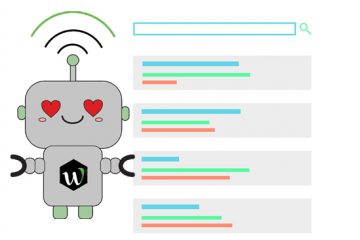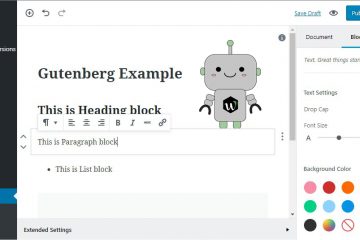[vc_row][vc_column][vc_column_text]Setting up a website XML sitemap is basically setting up a readable site structure for spiders. No, not real spiders, that’s just what search engines call their bots they use to scan your site and determine where you should rank based on select criteria.
A Sitemap is an XML file that lists the URLs for a site. It allows webmasters to include additional information about each URL. The short version is that you can add more detailed information about your URLs so Google can match you with the people that need exactly what you have.
When you get traffic from Google searches, it’s possible that your meta descriptions are confusing, which brings you, unwanted searchers, looking for something similar but not quite what you have to offer.
Ultimately, this allows search engines to crawl the site more effectively.
While many businesses only focus on making the page better for certain keywords, we do that and help you create the perfect website XML sitemap so search engines can understand exactly what your site offers and shows you to searchers looking for a more niche market.
Most businesses are not taking advantage of this key concept, giving you the advantage over your competition.
The different sitemaps are as follows:
HTML Sitemaps
HTML Sitemaps are the classic sitemaps which visitors may use to navigate a website, which is usually found on separate pages of your website. They are simply the webpages that display the structure of the website with links.
XML Sitemaps
XML Sitemaps are structured in a way that they can only be used by search engines. All of the biggest search engines (Google, Bing, Yahoo) use XML sitemaps to crawl a person’s site.[/vc_column_text][/vc_column][/vc_row][vc_row][vc_column][vc_single_image image=”4804″ img_size=”full”][/vc_column][/vc_row][vc_row][vc_column][vc_column_text]This is why we highly recommend this option.
Feeds
HTML and XML are the most frequently used Sitemap formats. Search engines like Google accept RSS 2.0 and Atom 1.0 feeds. You can use the URL of these feeds but older pages may not include that information. Feeds are not the most reliable way to make sure spiders have your sitemap, either.
What You can include in a XML Sitemap
The two most important elements of your XML Sitemap data are:
The “Changefreq” is the average change frequency of the page (hourly, daily, weekly, etc.). You can use “never” for archived URLs.
And . . .
The Priority-Tag ranges from 0.0 to 1.0 in importance. The default priority of a page is 0.5. You can use this key tool to assign priority to your main categories, which helps search engines get what you need to help them rank you properly with relevant search terms. Note, spiders have the option to ignore crawl settings among other directives. More often than not, competitors mask themselves as one of the bigger search engines to get an idea of your site’s SEO structure to go after your weak points.[/vc_column_text][/vc_column][/vc_row]


